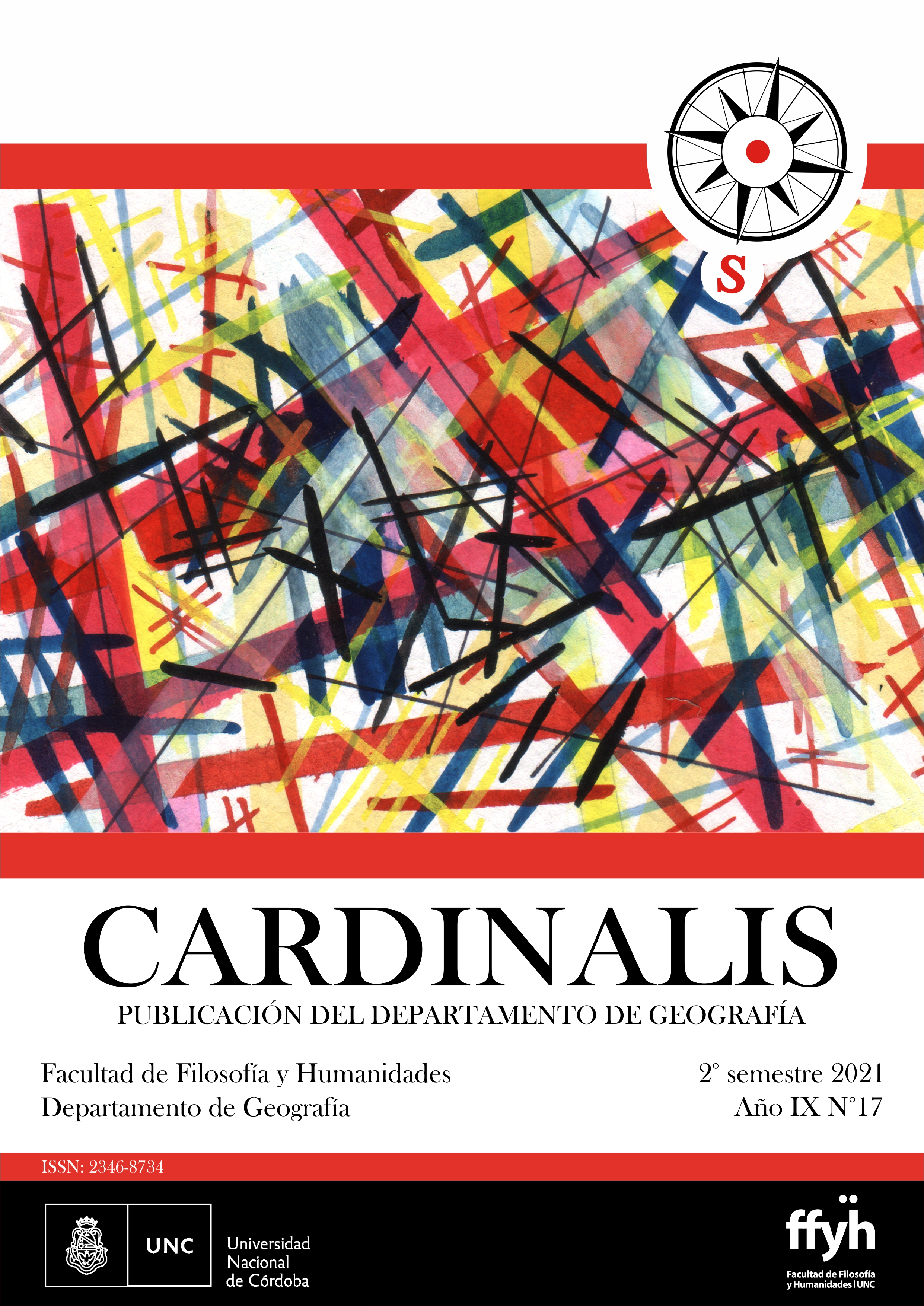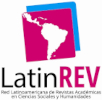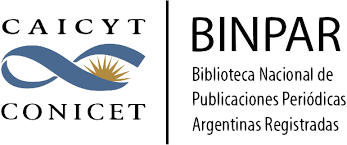Transformations of the coast in the southern metropolitan area of Buenos Aires and emerging conflicts. The cases of Hudson (Berazategui) and Berisso
Abstract
In recent decades, cities and large metropolitan areas have been exposed to certain transformations due to different processes of occupation and appropriation of urban land. Some of them respond to real estate expansion processes and various activities that dispute the city's land and transform it to obtain the greatest possible economic benefit. The Metropolitan Region of Buenos Aires (RMBA) is the protagonist of many of these processes that produce modifications in the territory, for different actors who display their logics and interests. They have known how to settle on marginal / peripheral areas of the city, such as coastal areas, streams, floodplains of basins, because they are areas considered historically unproductive due to their characteristics of flooding. These are areas of extreme environmental fragility because they are low-lying areas subject to water fluctuations that allow regulating both excesses and deficits. Its intervention by actors with great economic power, materialized in various projects, triggered a series of alterations in these environments that may be irreversible. In addition, these are areas that have great symbolic value for other actors, and for this reason they try to protect them from the advance that this logic imposes.
In this work it is proposed to describe and compare the territorial transformations produced by actors of economic power, in alliance with the State, in the coastal area of two metropolitan southern parties, Berazategui and Berisso, in order to explain the environmental impacts, and identify the conflicts resulting from these transformations. To carry out the work, a search, selection and analysis of academic articles, journalistic publications, and information published on the web pages. On the other hand, an analysis of satellite images was carried out, complemented with information recovered from field trips and interviews with key informants.
Downloads
Downloads
Published
Issue
Section
License

This work is licensed under a Creative Commons Attribution-NonCommercial-ShareAlike 4.0 International License.
Aquellos autores/as que tengan publicaciones con esta revista, aceptan los términos siguientes:- Los autores/as conservarán sus derechos de autor y garantizarán a la revista el derecho de primera publicación de su obra, el cuál estará simultáneamente sujeto a la Licencia de reconocimiento de Creative Commons (indicada abajo) que permite a terceros compartir la obra siempre que se indique su autor y su primera publicación esta revista.
- Los autores/as podrán adoptar otros acuerdos de licencia no exclusiva de distribución de la versión de la obra publicada (p. ej.: depositarla en un archivo telemático institucional o publicarla en un volumen monográfico) siempre que se indique la publicación inicial en esta revista.
- Se permite y recomienda a los autores/as difundir su obra a través de Internet (p. ej.: en archivos telemáticos institucionales o en su página web) antes y durante el proceso de envío, lo cual puede producir intercambios interesantes y aumentar las citas de la obra publicada. (Véase El efecto del acceso abierto).

Esta obra está bajo una Licencia Creative Commons Atribución-NoComercial-CompartirIgual 4.0 Internacional.






